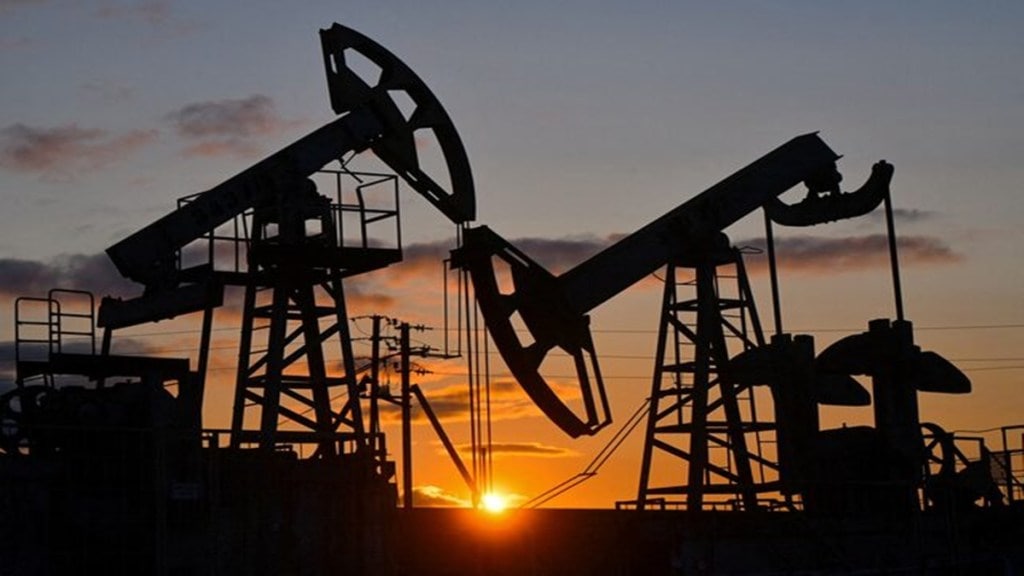In what can be seen as an effort to ease tensions with the Trump administration, India has substantially increased its crude oil imports from the United States. The country’s crude oil imports from the US reached 540,000 barrels per day as of October 27, which is a highest level of surge since October 2022, as per Kpler.
The month of October is expected to close with nearly 575,000 barrels per day (bpd) of oil imports from the US, while November could record around 400,000–450,000 bpd, reported PTI. This is a sharp increase from the average of about 300,000 bpd seen earlier this year.
Why the spike in US oil imports?
Analysts say the jump is mainly driven by economic factors. A wider gap between Brent and WTI oil prices, along with weak demand from China, made US-grade WTI Midland oil more attractive for Indian refiners. These conditions opened a strong trade window, helping India buy oil at competitive rates.
Despite the rise in American supplies, Russia continues to be India’s biggest crude supplier, covering nearly one-third of all imports. Iraq remains second, followed by Saudi Arabia. Officials say Indian refiners are also buying more US oil grades such as Midland WTI and Mars to diversify their sources and strengthen energy cooperation with Washington, reported PTI.
Current spike may not last long
The shift toward American oil comes as India faces tighter sanctions on Russian energy giants like Rosneft and Lukoil. Increasing purchases from the US is also seen as a way to ease trade tensions with Washington, especially after the Trump administration imposed heavy tariffs on Indian goods.
Experts note that while the current rise shows India’s ability to adapt and take advantage of short-term opportunities, it may not last long. Longer shipping times, higher freight costs, and the lighter nature of WTI oil could limit further growth.
Still, the growing share of US oil in India’s import mix carries strategic importance. It reflects New Delhi’s effort to balance energy security, cost efficiency, and its diplomatic ties with both Washington and Moscow.


